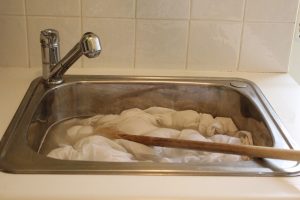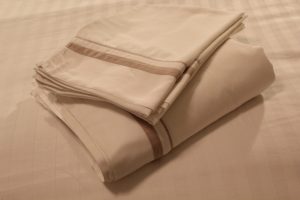farmers and food production
Have you been following the news reports showing farmers on tractors blocking roads and blockading ports across Europe and Wales? Farmers in Europe, including France, Germany, the Netherlands, Poland and Spain have been protesting about new regulations being introduced by the EU. In Europe, the farmers are protesting about the European Union imposing unrealistic and uneconomical rules and restrictions on their farming methods. Farmers are facing rising costs and taxes, excessive environmental rules and competition from cheaper imports. For example, the EU waived quotas on Ukraine when Russia invaded, despite Ukraine not meeting similar standards imposed on farmers in the EU.


Image Pixabay
Excessive rules being imposed by the EU require farmers to leave specific percentages of their land fallow, rocketing costs for diesel and claims inflationary control methods imposed on farmers resulted in many struggling to cover the high costs for energy, fertiliser and transport.


Image Pixabay
Different countries have specific objections but common to all are ‘suffocating’ EU policy regarding cheap imports, cost of diesel, labour and fertiliser, access to irrigation, criticism about animal welfare and use of pesticides, insufficient state aid, subsidy cuts and skyrocketing insurance costs.
Similar protests have occurred in Wales, where their government aimed to introduce regulations requiring 10% of agricultural land to have trees and 10% left for wildlife habitat. The farmers claim Welsh Labour ideology is crippling food production. Across the UK the NO FARMERS, NO FOOD movement is gaining momentum.


Image Pixabay
Australian farmers are also highly regulated and are being squeezed by the major supermarkets to absorb the ever increasing costs of diesel, labour, transport and climate change policies.
stripping
I saw online articles about stripping for ages before I realised what ‘stripping’ was in this case and went back and read some of them. Nothing to do with removing clothes, but all to do with getting things very clean, especially bed linen. All this was motivated by getting two white pillow cases from the linen cupboard and noticing they were a bit yellow in colour. I’d used them a few times years ago, washed them and put them in the cupboard until I needed to use them.
Slight yellowing didn’t appeal so I soaked them in the usual soaking products and then washed them and hung them out in the bleaching sun all day. Certainly they looked whiter but not perfect! That’s when I discovered stripping. This is a process which results in very clean, very bright washing. Just what I wanted for the pillow cases. Effective on any natural fibres, it’s a process to brighten white sheets and towels which seem to be greying or going yellow.
This discolouration is the result of residual buildup of detergent, fabric softeners, body products and body oils and general use. Stripping removes the accumulated buildup but can only be used on fabrics which can be washed in hot water. I don’t think I’d try it on coloured or patterned fabrics. but plenty of online sites do, assuming colourfastness.


Read a few articles then gathered the necessary products. You need washing soda, borax and laundry powder with enzymes. Check the label to be sure the powder ( not liquid) includes enzymes. Then wipe the laundry tub to clean before half filling with hot (65ºC/150ºF) water. You may need to add boiling water from a kettle to increase the temperature. Then dissolve 1/4 cp of washing soda ( sodium carbonate), 1/4 cp borax and 1/2 cp washing powder with enzymes in the hot water. Agitate to dissolve.


Add the washing to be stripped and make sure it is submerged. I used an old copper stick, originally used to submerge and agitate washing in a copper and to retrieve it but a broom handle or similar would do the job. Stir the washing with the stick every hour until the water has cooled to room temperature. The colour of the water may shock you!
Pull the plug and let the trough drain, squeezing out as much water as possible, then wring the washing by hand to get out more water before putting it in the washing machine. Set it to COLD and turn onto the longest wash. Don’t add powder. You may want to do two cycles. Hang out to dry or put through the dryer. Marvel at the whiteness. Very satisfying! Since treated all the bed linen, bolster covers and white pants. Surprised at how many pairs of white pants I have but they’re all very, very white now.


Poor light but actually very white!
A comment on the washing powder with enzymes I used for this process. It was very, very highly perfumed and I could still smell it after soaking and two washes. I found the actual box of remaining product so strongly scented I had to seal it in a ziplock bag to store it in the laundry cupboard.
